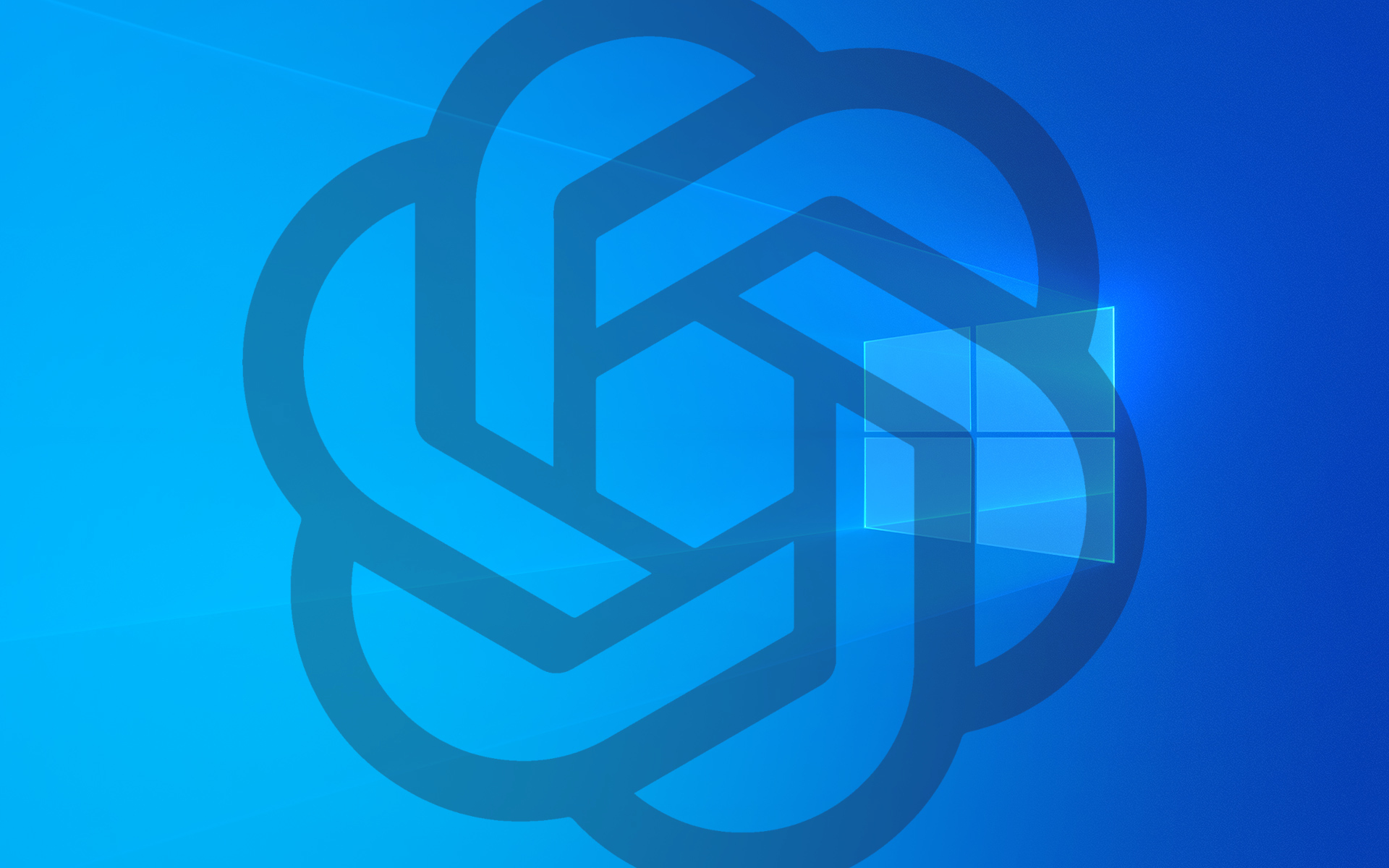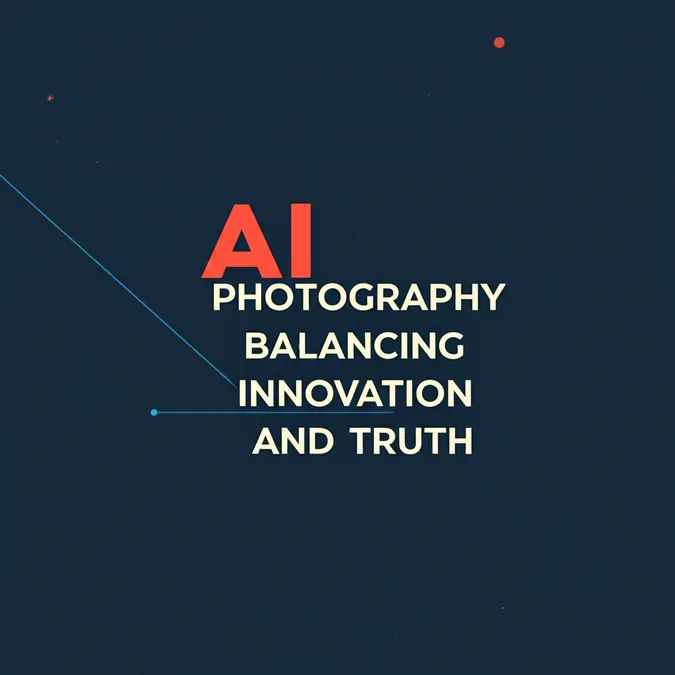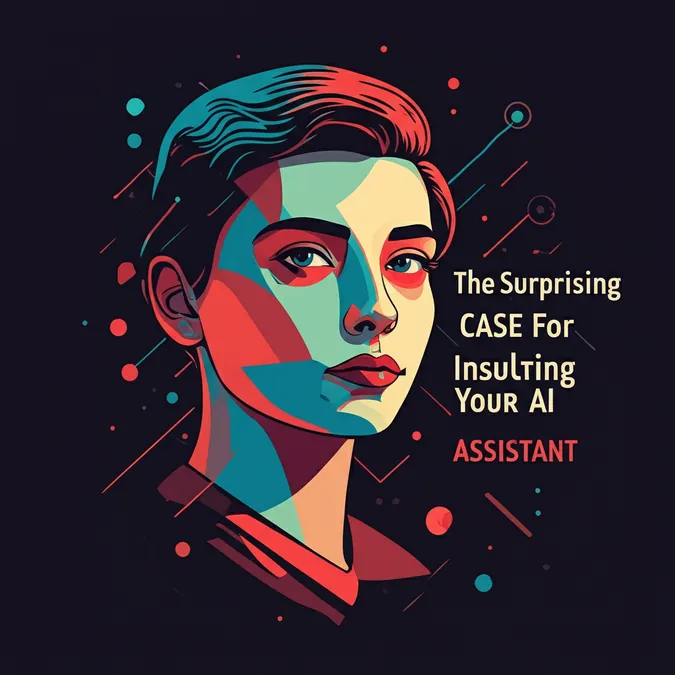AI Powers DIY Tablet Revival With Windows 10
 A modder used ChatGPT to help install Windows 10 on a locked seven-year-old Android tablet. (Image credit: Microsoft | OpenAI)
A modder used ChatGPT to help install Windows 10 on a locked seven-year-old Android tablet. (Image credit: Microsoft | OpenAI)
ChatGPT has many applications, but leveraging it to bypass the security of an otherwise unusable tablet is a particularly novel one. A resourceful hardware modder from the XDA forums — aptly named "devicemodder" — successfully installed Windows 10 and Linux Mint on a locked Panasonic Toughpad FZ-A2 tablet, with significant assistance from ChatGPT.
The story, also highlighted by Tom's Hardware, might seem straightforward initially, but the underlying details reveal a remarkable feat of DIY tech repair.
The Challenge A Bricked Tablet and A Determined Modder
Devicemodder acquired the Android-powered Panasonic tablet, which was unfortunately locked by Factory Reset Protection (FRP). FRP is a key Android security feature designed to prevent unauthorized use after a factory reset. It requires the original Google account credentials to unlock the device, rendering lost or stolen devices useless to others. However, this also means that if a seller forgets to disable FRP, or if a device is simply too old and discarded, it can become e-waste.
Undeterred, devicemodder saw potential, recognizing the tablet's Intel Atom X5 8550 processor and x86 UEFI BIOS as an avenue for a significant workaround.
ChatGPT to the Rescue Modifying the BIOS
The initial attempt to install Linux Mint was promising, but soon hit a wall. As devicemodder explained in their forum post:
The process to get this far was quite involved and involves editing the bios to disable secure boot, as the secure boot option is not user accessible. The secure boot keys are Panasonic proprietary and meant to only run Android.
Any attempts to boot from a flash drive resulted in SecureBoot violation errors. This is where AI entered the picture. Devicemodder used a CH341A flash programmer (a device available for around $14 on Amazon) to extract the tablet's BIOS.
This BIOS dump was then provided to ChatGPT with instructions to disable SecureBoot, citing the proprietary keys that were no longer accessible. ChatGPT processed the request and returned a modified BIOS, free of the problematic SecureBoot parameters. After flashing this altered BIOS back onto the tablet, the path was clear.
 A photo from devicemodder showing Linux Mint running on the Panasonic Toughpad. (Image credit: devicemodder | XDA Forum)
A photo from devicemodder showing Linux Mint running on the Panasonic Toughpad. (Image credit: devicemodder | XDA Forum)
From Linux Mint to Windows 10 A Tablets Rebirth
With the SecureBoot obstacle removed, devicemodder successfully installed Linux Mint on the Panasonic tablet. While it reportedly ran well, some components like the touchscreen, cameras, and speakers required further troubleshooting to function correctly. The user generously shared the complete ChatGPT interaction log for those interested in the technical details.
A few days later, devicemodder updated the forum thread with even more impressive news: Windows 10 was now also running on the resurrected tablet.
 A photo from devicemodder showing Windows 10 installed and running on the once-locked Android tablet. (Image credit: devicemodder | XDA Forums)
A photo from devicemodder showing Windows 10 installed and running on the once-locked Android tablet. (Image credit: devicemodder | XDA Forums)
Now have Windows 10 up and running ... cobbling together some working drivers, still haven't had much luck with the touchscreen.
AI in Tech Repair The Double Edged Sword
Running Windows 10 (which reaches its end-of-life on October 14, 2025) on a 2018 tablet originally designed for Android 6.0 might not be a mainstream solution. However, this experiment serves as a fascinating example of ChatGPT's capabilities extending into complex hardware modification. Devicemodder noted they found no prior information on similar hacks, suggesting this could be a pioneering effort.
This success story offers a hopeful glimpse into how AI could help reduce e-waste by giving old hardware a new lease on life. Conversely, it also raises questions about the future of device security as AI tools become increasingly sophisticated and capable of bypassing protective measures.


